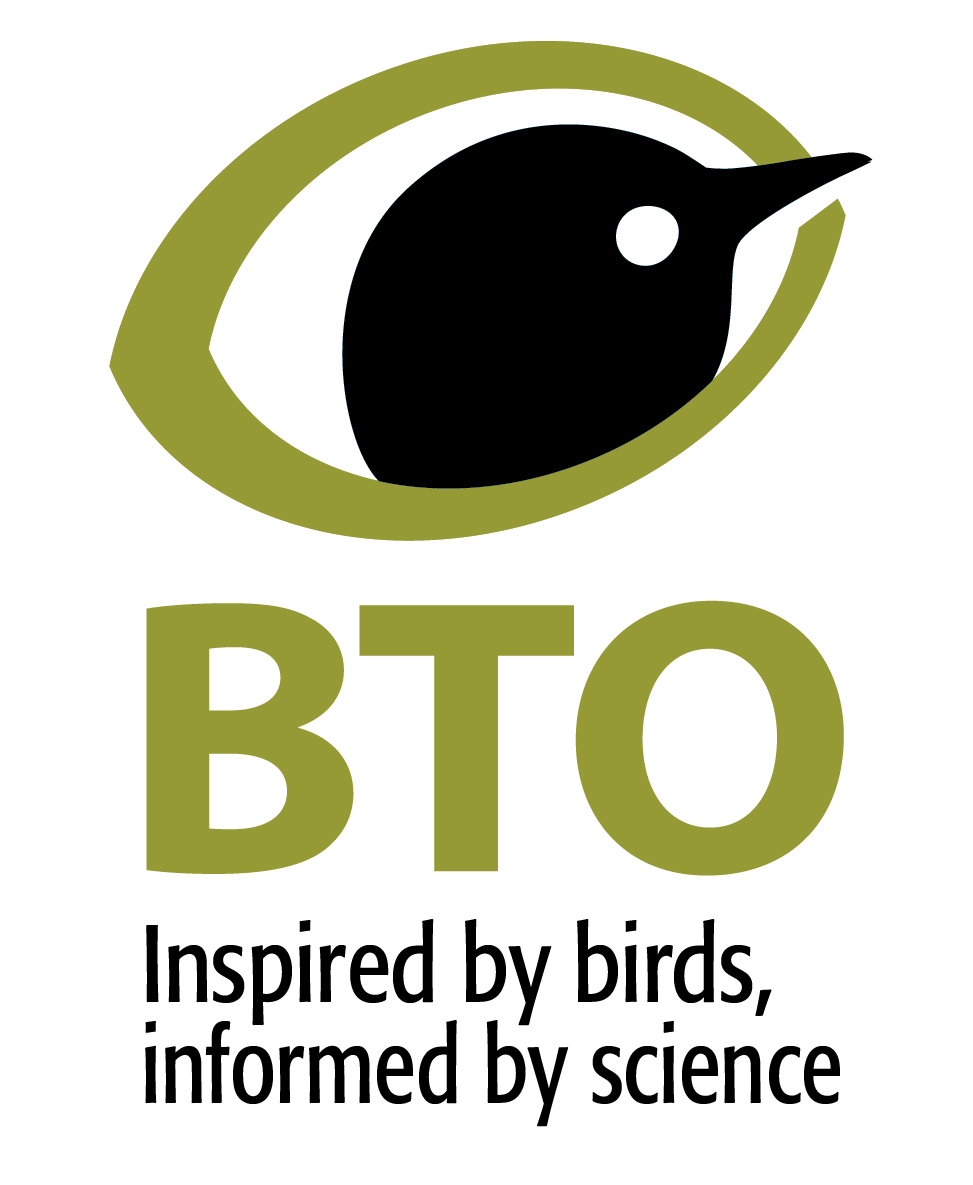Planning for the Atlas project began in 2015 and was born out of a need for the River Thame Conservation Trust to better understand the wildlife using both the main river channel and the wider river catchment.
It was hoped this data would not only help inform Trust strategy, track the impact of Landscape scale projects, provide larger data sets in largely under recorded areas, help celebrate local wildlife and to engage volunteers with the Trust.
In partnership with the British Trust for Ornithology the Atlas was inspired by the 2007-11 Bird Atlas and sits alongside its sister BTO Wetland Bird Survey project monitoring wetland birds along the main river channel. Whilst the WeBS project gives regular trend data the Atlas was specifically set up to help on a catchment wide scale to achieve 6 objectives:
- Baseline - what species use the catchment to overwinter and/or breed?
- Presence - which areas have greatest range of species?
- Abundance - which areas have the highest species density?
- Distribution - where are the most important habitats?
- Trends - what has happened in last 10 years since 2007-11 Bird Atlas?
- Importance - does the catchment host any species of concern?
The presentation of the data goes some way to helping answer these 6 questions and it is hoped that by publicising the data and analysis it will be used by policy makers, decision makers, local interest groups and the wider public to better understand the wealth of birdlife using the River Thame - an under recorded and undervalued area. In addition, the Atlas and WeBS projects together have already made significant impact by:
- Supporting the designation of 2 new Local Wildlife Sites
- Supporting the monitoring of major new landscape scale habitat creation projects
- Increasing the profile of the river through many talks/presentations to local interest groups
- Recruiting new volunteers to support the work of RTCT
The Atlas project was completed wholly on volunteer support both to manage the project and to deliver the field work and the Trust is incredibly proud of, and grateful for, the efforts of the volunteer team to have completed such an ambitious project.
The data presented here is intended to be used so please feel free to explore the maps, download and use them. Any questions on the Atlas project should be directed to Nick Marriner (RTCT Trustee and volunteer) who leads the project at [email protected]

WeBS is a partnership jointly funded by the British Trust for Ornithology, the Royal Society for the Protection of Birds and the Joint Nature Conservation Committee, with fieldwork conducted by volunteers